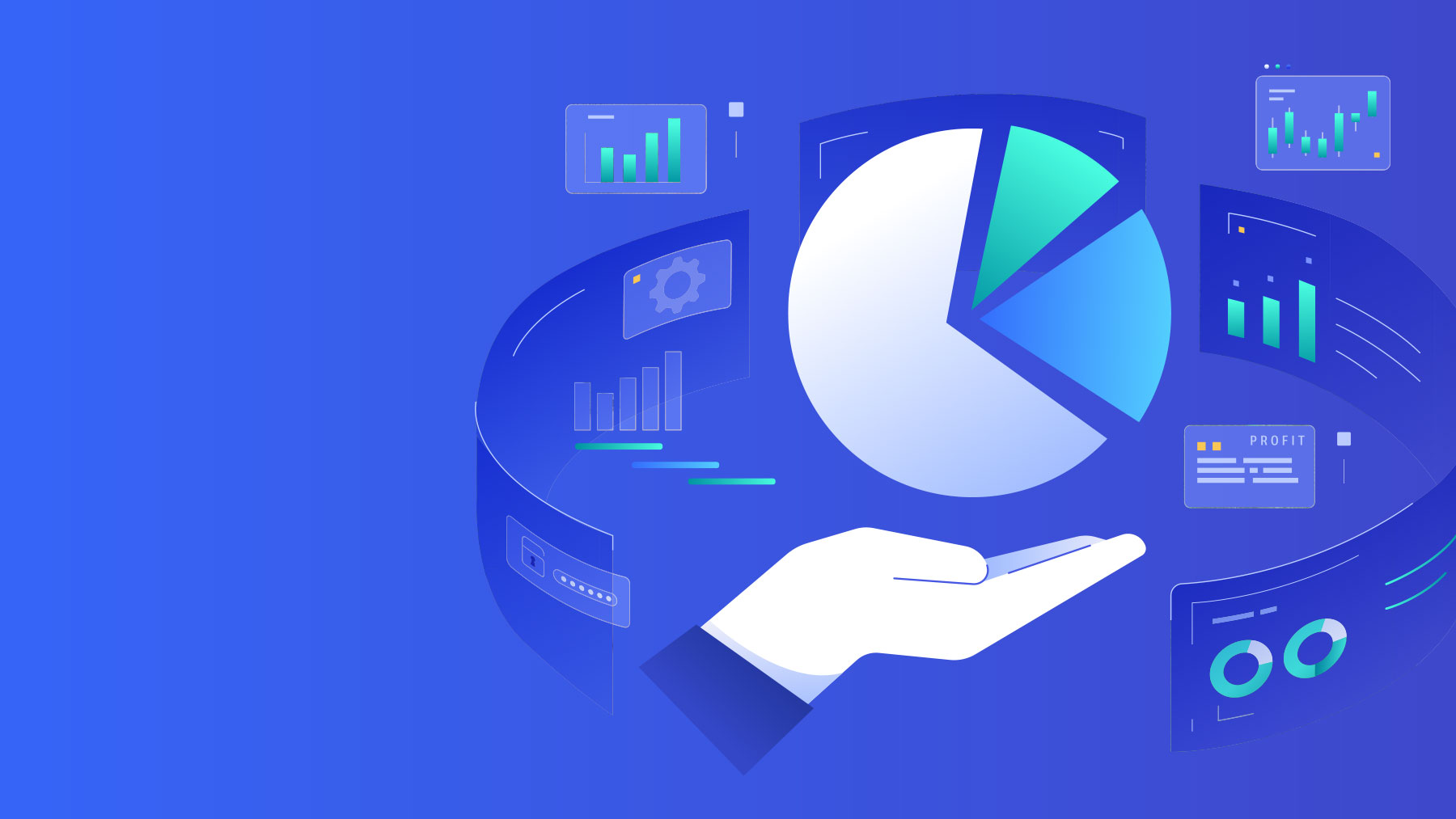How to Build a High-Converting Sales Pipeline (With a Real Example)
Introduction: Why a Sales Pipeline is Essential for Sales Success
A well-structured sales pipeline is the foundation of a high-performing sales team. It provides a clear roadmap for moving deals forward, ensuring that sales reps follow a repeatable and efficient process. Without a defined pipeline, businesses struggle with inconsistent sales efforts, stalled deals, and low conversion rates.
Common Sales Pipeline Challenges:
- Lack of Process – Without a structured approach, sales teams often waste time on unqualified leads or miss key follow-ups.
- Stalled Deals – Deals get stuck because there’s no clear next step or sales reps fail to re-engage potential customers.
- Poor CRM Adoption – Many businesses invest in a CRM but fail to use it effectively due to complexity or lack of team buy-in.
This blog will walk you through how to build a high-converting sales pipeline using a real-world example from Revenue Engine CRM. By following this structured approach, you’ll create an effective sales pipeline that improves efficiency, increases your conversion rate, and ultimately helps your team close more deals.
What is a Sales Pipeline?
A sales pipeline is a structured framework that guides sales reps through the process of turning potential customers into paying clients. It outlines each step in the sales journey, helping teams track leads, manage interactions, and close deals efficiently.
Sales Pipeline vs. Sales Funnel
While often used interchangeably, a sales pipeline and a sales funnel serve different purposes:
|
Sales Pipeline |
Sales Funnel |
|
Focuses on the sales process stages and deal progression. |
Focuses on conversion rates at each stage. |
|
Helps sales teams track and manage deals in real time. |
Provides insights into how many leads are converting. |
|
A workflow tool for sales reps to move leads forward. |
A measurement tool for marketing and sales to optimize conversion. |
Benefits of Having a Structured Sales Pipeline
A well-defined pipeline offers several key advantages:
- Better Deal Visibility and Forecasting
Sales teams can see where each deal stands, anticipate revenue, and prioritize high-value opportunities. - Increased Sales Efficiency
By providing clear next steps for each lead, sales reps can move through the sales pipeline faster and avoid bottlenecks. - Faster Sales Cycles
With a streamlined process, leads move through the pipeline more quickly, improving the chances of closing deals.
Having an effective sales pipeline in place ensures that every sales rep follows a repeatable process, increasing the likelihood of success.
Stages of an Effective Sales Pipeline (With a Real Example)
To build a high-converting sales pipeline, each stage must have a clear purpose, key actions, and automation to keep deals moving. Let’s walk through a real-world example using Revenue Engine CRM’s pre-built sales pipeline.
Revenue Engine CRM Sales Pipeline Example
Revenue Engine CRM is designed for consultative sales teams, providing a structured, ready-to-use pipeline that eliminates guesswork. Here’s how its pre-configured sales pipeline works:
1. New – Capturing and Assigning Leads
Purpose: All inbound leads or manually added deals start here.
Key Actions:
✅ Assign an owner (sales rep).
✅ Trigger a follow-up task (phone calls, emails).
✅ Enroll the lead in a lead qualification sequence.
🚀 Automation:
Auto-assigning leads to reps based on territory or industry.
2. Qualification – Determining if the Lead is a Good Fit
Purpose: Assess if the prospect is a good fit for your product or service based on Budget, Authority, Need, and Timeline (BANT).
Key Actions:
✅ Complete a lead qualification checklist.
✅ Update deal properties (industry, budget, etc.).
✅ Schedule a discovery call if the lead qualifies.
🚀 Automation:
Auto-sending reminders for the next steps if no action is taken.
3. Discovery – Understanding the Prospect’s Needs
Purpose: Conduct a deeper analysis of the prospect’s challenges, goals, and decision-making process.
Key Actions:
✅ Host a discovery call and log key insights.
✅ Send follow-up emails and relevant content.
✅ Identify the decision maker and other key stakeholders.
🚀 Automation:
Email sequences to nurture the lead with case studies, testimonials, or whitepapers.
4. Proposal/Presentation – Delivering the Offer
Purpose: Present a tailored solution to the prospect.
Key Actions:
✅ Send a proposal with pricing and package details.
✅ Log the proposal date for follow-ups.
✅ Enroll the lead in a proposal follow-up sequence.
🚀 Automation:
System-generated follow-ups if no response is received.
5. Negotiation – Addressing Objections
Purpose: Handle concerns, fine-tune details, and get final buy-in.
Key Actions:
✅ Log objections and solutions in CRM.
✅ Utilize a negotiation playbook to handle pushbacks.
✅ Update deal values and estimated close dates.
🚀 Automation:
Suggested objection-handling resources sent to the sales rep.
6. Closed Won – Sealing the Deal
Purpose: The deal is successfully closed, and the prospect becomes a customer.
Key Actions:
✅ Trigger onboarding tasks for implementation.
✅ Notify internal teams (customer success, finance).
✅ Send a thank-you email and the next steps.
🚀 Automation:
Auto-triggering onboarding workflows.
7. Closed Lost – Learning from Lost Deals
Purpose: Track lost opportunities and reasons.
Key Actions:
✅ Log the reason for loss (pricing, timing, competition).
✅ Determine if re-engagement is possible.
✅ Enroll in a lead nurturing sequence for future follow-ups.
🚀 Automation:
Scheduled re-engagement emails after a cooldown period.
8. Disqualified – Filtering Out Poor-Fit Leads
Purpose: Identify leads that do not align with the business.
Key Actions:
✅ Log the disqualification reason.
✅ Remove the lead from the active pipeline.
✅ Tag the lead for potential future review.
🚀 Automation:
Auto-removal from active pipeline and segmentation for future retargeting.
How Automation Keeps Deals Moving Forward
Revenue Engine CRM’s pre-built pipeline includes smart automation to prevent stalled deals and ensure every lead moves through the sales pipeline efficiently. Some key automations include:
- Automated Follow-Ups – If a lead hasn’t responded, the system triggers a reminder or follow-up email.
- Lead Routing – Assigns leads to the right sales rep based on territory or industry.
- Pipeline Stage Triggers – Moves deals forward automatically when key actions are completed.
- Sales Enablement Tools – Pre-built email templates, call scripts, and playbooks for sales reps.
By implementing a structured pipeline with automation, businesses can increase efficiency, improve conversion rates, and close deals faster.
Common Mistakes Sales Teams Make with Their Pipelines
Even with a structured sales pipeline, many businesses struggle to maintain momentum. Here are the most common mistakes sales teams make—and how to fix them.
1. Lack of a Clear Process
🚨 The Problem: No defined criteria for moving deals forward, leading to inconsistent sales efforts.
✅ The Fix: Implement clear qualification criteria (like BANT: Budget, Authority, Need, Timeline) and ensure every sales rep follows the same process.
2. Deals Stalling with No Next Steps
🚨 The Problem: Deals sit in the same stage for weeks because sales reps don’t have a structured follow-up plan.
✅ The Fix: Automate follow-ups, set reminders for phone calls, and use lead nurturing sequences to keep engagement high.
3. Relying on Spreadsheets Instead of CRM Automation
🚨 The Problem: Sales teams track deals manually, leading to errors, missed opportunities, and outdated information.
✅ The Fix: Build a sales pipeline within a CRM to centralize all data, automate updates, and provide real-time visibility.
4. Poor CRM Adoption
🚨 The Problem: Sales teams resist using the CRM due to its complexity or lack of clear benefits.
✅ The Fix: Choose a user-friendly, pre-built CRM like Revenue Engine CRM, which simplifies pipeline management and boosts adoption with intuitive automation.
5. Not Cleaning Up Your Sales Pipeline
🚨 The Problem: Old, unqualified, or inactive deals clog the pipeline, making it hard to focus on real opportunities.
✅ The Fix: Clean up your sales pipeline regularly by closing out stale deals, disqualifying unfit leads, and prioritizing engaged prospects.
6. Focusing on the Wrong Leads
🚨 The Problem: Sales teams waste time chasing unqualified leads instead of focusing on those most likely to convert.
✅ The Fix: Improve lead qualification by identifying whether a prospect is a good fit for your product or service early in the pipeline.
The Impact of These Mistakes on Revenue
Failing to address these issues results in:
❌ Lower conversion rates – Good leads fall through the cracks.
❌ Missed sales targets – Reps spend time on unqualified prospects.
❌ Inefficient sales teams – Disorganized processes slow down deal progression.
By avoiding these common mistakes and leveraging automation, lead tracking, and CRM adoption, businesses can create a high-converting sales pipeline that delivers consistent revenue growth.
How Revenue Engine CRM Provides a Pre-Built, Optimized Sales Pipeline
Many businesses struggle to build a sales pipeline from scratch. Without a structured process, sales teams waste time on unqualified leads, deals stall, and revenue suffers. That’s where Revenue Engine CRM comes in.
Why Businesses Need a Pre-Built Sales Pipeline
Instead of spending weeks customizing a CRM, Revenue Engine CRM offers a turnkey sales pipeline that’s ready to deploy in days. This solution is designed specifically for consultative sales teams that need a structured, repeatable process to move deals forward.
Revenue Engine CRM’s Pre-Built Sales Pipeline
This CRM includes a fully configured sales pipeline that follows industry best practices. It ensures that every sales rep has clear next steps and that deals never fall through the cracks.
- Designed for Consultative Sales – Ideal for teams selling complex or high-value products/services.
- Pre-Configured Stages – Covers everything from lead generation to closing.
- Automated Deal Progression – Triggers follow-ups, reminders, and next steps automatically.
Additional Features That Boost Sales Efficiency
💡 Sales Enablement Tools
- Pre-built email templates, sales sequences, and playbooks help reps communicate effectively.
- Guided qualification processes ensure reps focus on qualifying leads properly.
📈 Real-Time Reporting & Insights
- Curated dashboards track conversion rates, deal velocity, and sales performance.
- Helps sales leaders identify bottlenecks and clean up the sales pipeline efficiently.
🚀 CRM Adoption Support
- Unlike complex CRM systems, Revenue Engine CRM provides guided onboarding to help sales teams adopt the system quickly.
- Intuitive workflows make it easy for sales reps to update deals without manual data entry.
Why Choose Revenue Engine CRM?
✔ Eliminates CRM Complexity – No need for expensive customizations.
✔ Speeds Up Sales Operations – Get up and running in days, not months.
✔ Ensures Sales Teams Use the CRM Effectively – Built-in automation and structured processes drive adoption.
With a high-converting sales pipeline already built in, Revenue Engine CRM helps sales teams close deals faster, improve sales targets, and scale with confidence.
Conclusion
A high-converting sales pipeline is essential for driving predictable revenue growth. Without a structured process, sales teams struggle with stalled deals, inefficiency, and missed opportunities.
Key Takeaways:
- A well-defined sales pipeline improves lead qualification, sales efficiency, and forecasting.
- Common mistakes—like failing to clean up your sales pipeline or lacking CRM adoption—can hinder growth.
- Revenue Engine CRM provides a pre-built, optimized sales pipeline that eliminates complexity and accelerates deal progression.
If your sales team is struggling with pipeline management, inconsistent follow-ups, or CRM adoption issues, Revenue Engine CRM is the solution.
Ready to streamline your sales process and increase conversions? Explore Revenue Engine CRM today!
Table of contents
Share this
You May Also Like
These Related Stories

Why Your Sales Team Needs a Structured Pipeline (And How to Build One)

CRM Adoption: Why Most Sales Teams Struggle with It (And How to Fix It)
